The iPhone with no bezel screen is the dream product of iFans, but has new technology allowed Apple to realize this in the iPhone 18?
Apple's plan to create an iPhone with a completely bezel-less display is reportedly facing significant technical challenges, with a new report suggesting the technology may not be ready by 2026 as previously hoped.
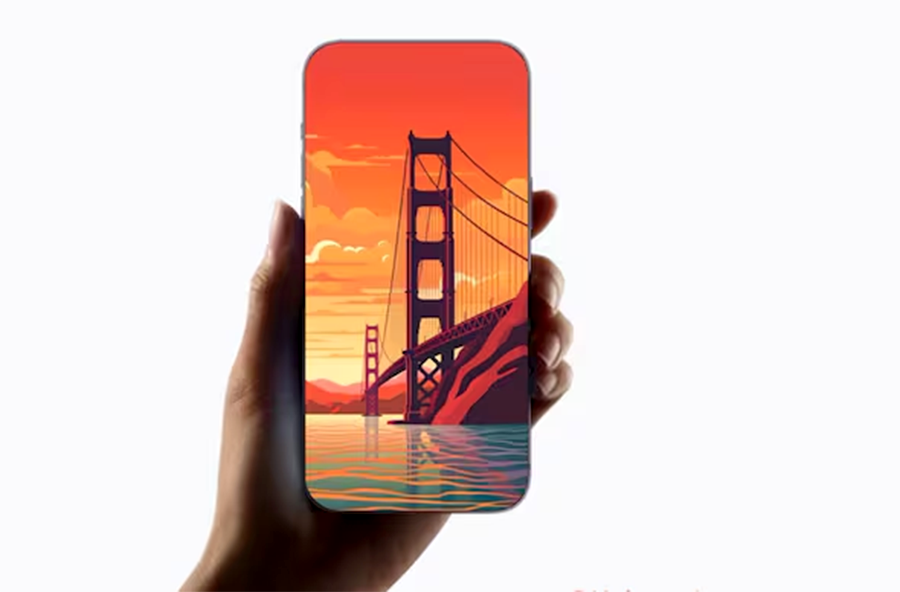
It seems like Apple has been pursuing the goal of shrinking the iPhone screen bezel for years, until it completely disappears.
However, the first bezel-less iPhone still seems to be a few years away. According to The Elec , Apple has partnered with Samsung Display and LG Display to develop this revolutionary screen technology, but the development process has encountered many obstacles.
Apple's vision is said to be significantly different from current curved displays, such as the designs used on Samsung smartphones or the "quad-curved waterfall display" in Xiaomi's concept.
Concept video of Xiaomi's "four-sided waterfall" screen smartphone. Source: Xiaomi
In a share with The Verge , a Xiaomi representative said that this smartphone is a breakthrough in curved glass technology. Because the screen extends over the entire frame, Xiaomi's concept will have absolutely no physical buttons.
Meanwhile, Apple is focusing on avoiding the "magnifying glass" effect that often appears on curved screen edges, a problem seen on some smartphone models.
Unique "borderless" design
In contrast to conventional curved screen phone designs, Apple is said to be aiming for a unique design that maintains the iPhone's signature flat screen and square edges, while extending the screen seamlessly over the side edges.
The design is said to be similar to the current Apple Watch, with some industry insiders even describing the form factor as a seamless “pebble.”
Major technical challenges
However, the technical challenges remain enormous. Both Samsung Display and LG Display will need to adapt two existing technologies to meet Apple’s requirements: thin film encapsulation (TFE) technology to protect the OLED display from environmental damage; and optically transparent adhesive (OCA) technology to bond transparent films around the curved edges to ensure the durability of the curved design.
In addition, suppliers must also ensure enough space for iPhone components such as antennas...
Developing OCA technology is said to be difficult, as current solutions still suffer from distortion when viewed from the side. Engineers have also yet to address concerns about impact damage to the wraparound screen design.
Ability to delay plans
Apple had planned to start mass production in time to equip this screen on the iPhone 18, launched in 2026. However, to achieve that goal, negotiations with screen manufacturers should have been completed by now.
However, according to industry sources, these discussions are still ongoing, suggesting that the "bezel-less" technology may not be able to launch on the iPhone on schedule and may be delayed to later years.
Before the iPhone 18 generation, Apple will make significant changes with the iPhone 17 series launched next year, according to analyst Jeff Pu of Haitong International Securities. Mr. Pu said Apple will replace the iPhone Plus model with the iPhone Slim (or iPhone Air), meaning the Apple smartphone lineup in 2025 will include the iPhone 17, iPhone 17 Slim, iPhone 17 Pro and iPhone 17 Pro Max.
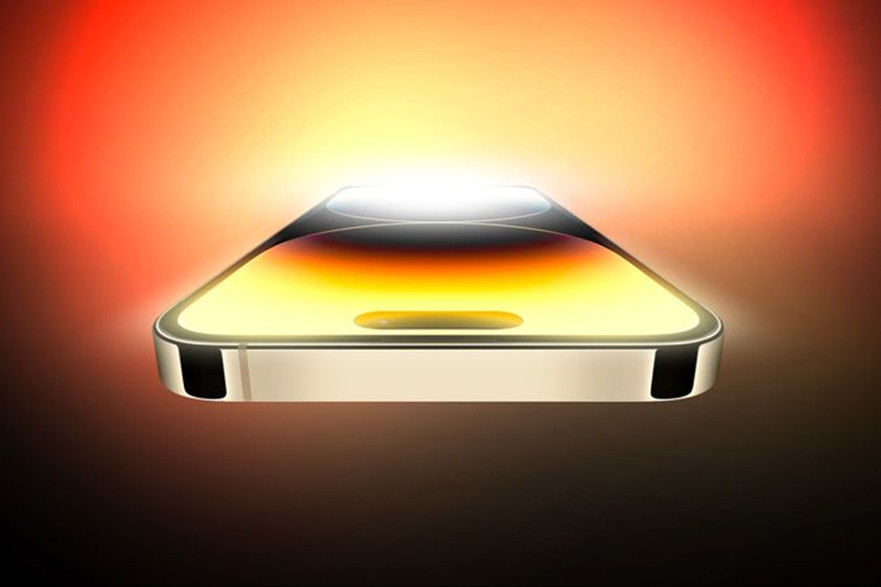
Source: https://vietnamnet.vn/sieu-pham-iphone-khong-vien-dep-long-lanh-cua-apple-co-som-thanh-hien-thuc-2356330.html




![[Photo] Closing ceremony of the 18th Congress of Hanoi Party Committee](https://vphoto.vietnam.vn/thumb/1200x675/vietnam/resource/IMAGE/2025/10/17/1760704850107_ndo_br_1-jpg.webp)











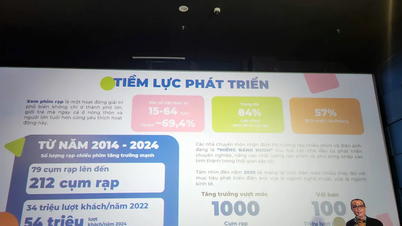











![[Photo] Nhan Dan Newspaper launches “Fatherland in the Heart: The Concert Film”](https://vphoto.vietnam.vn/thumb/1200x675/vietnam/resource/IMAGE/2025/10/16/1760622132545_thiet-ke-chua-co-ten-36-png.webp)















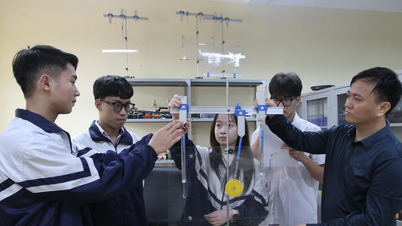












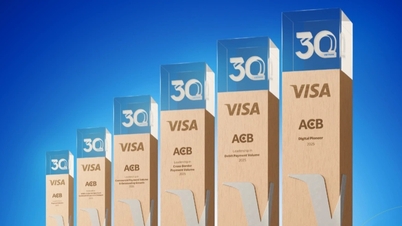










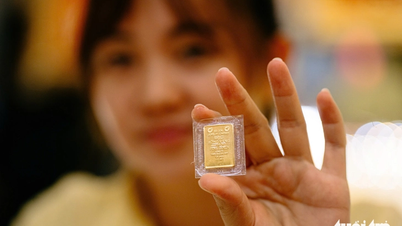





































Comment (0)